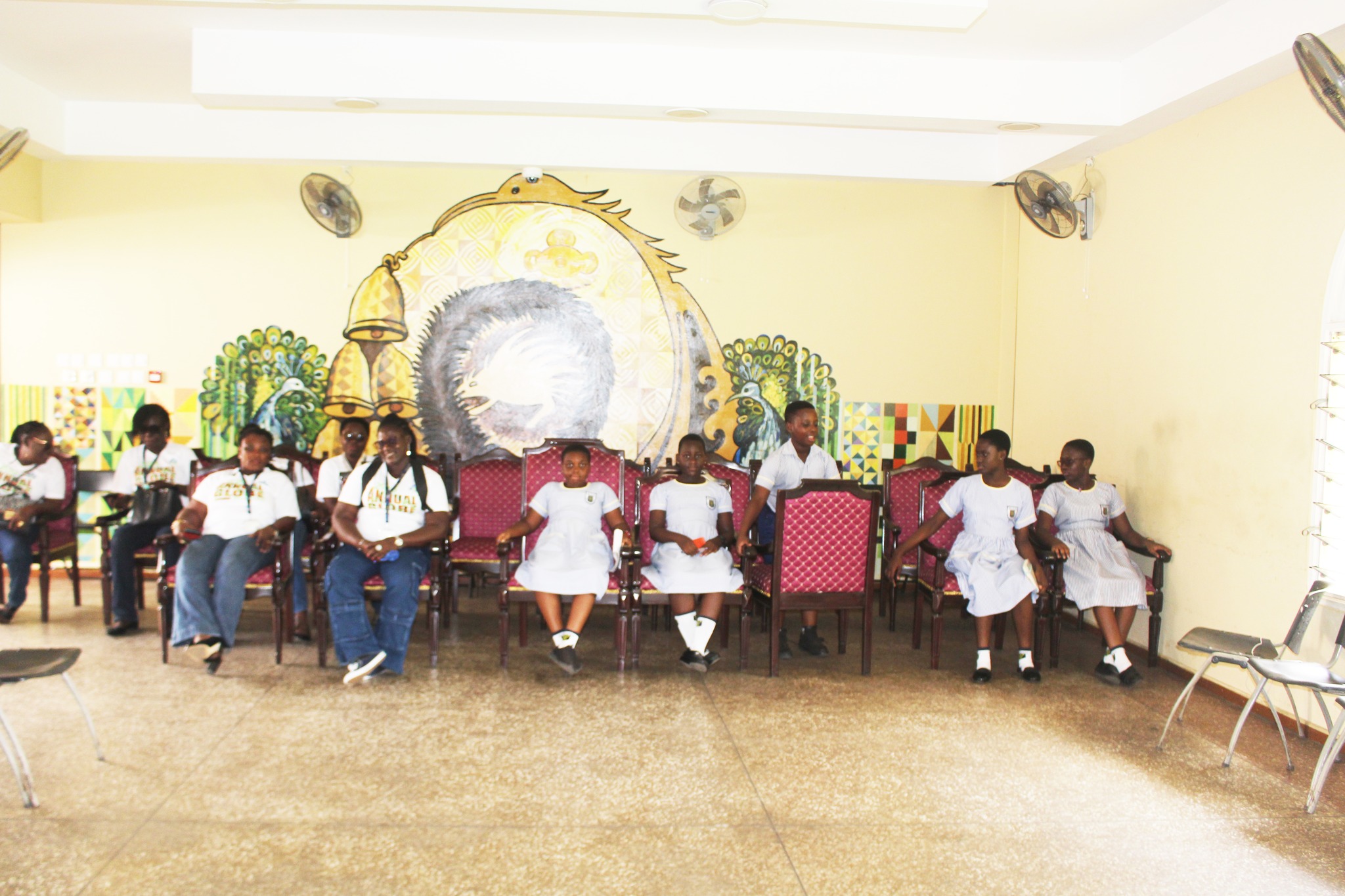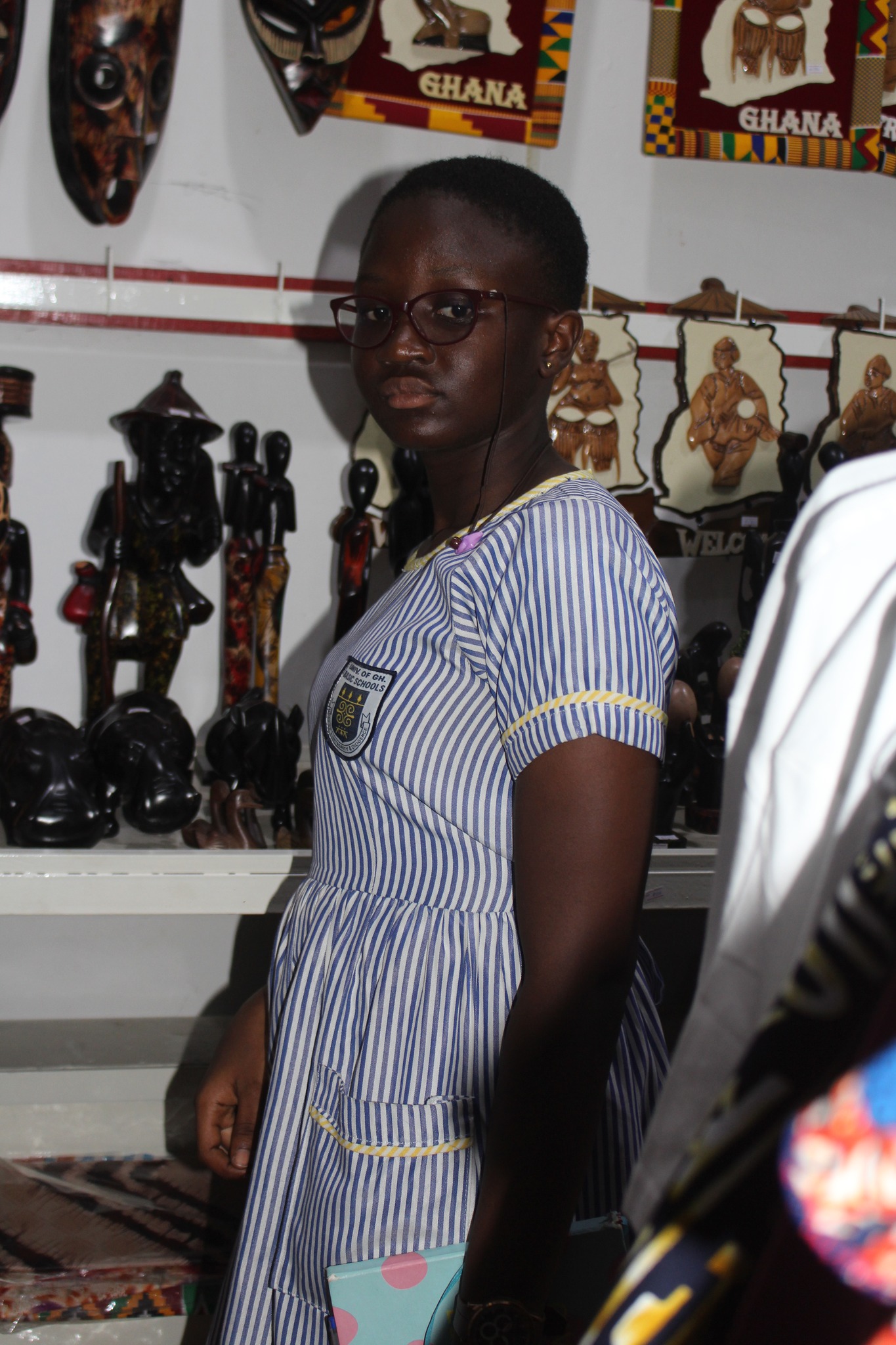U.B.S. Girl Guides made a donation to the Children’s Ward of the University Hospital, Legon...
Latest News
VIEW ALL
Happy Thinking Day

Ghana’s Youngest Female Commercial Pilot
University of Ghana Basic School honours Miss Audrey Esi Swatson...

3rd Annual Confucius Trip to China
We had a successful trip to China from the 26th August to 14th September, 2019....

UBS Moving Up Day
Others call it My First Day at School. Here at @UBS, Legon, We call it Moving Up Day....

Speech & Prize-Giving Day
Our 61st Speech & Prize-Giving Day was a blast!!!....

Annual Inter-Sectional Athletics Competition
The University Basic School successfully hosted its Annual Inter-Sectional Athletics Competitio...

UBS Robotics Team @ FFL Finals
The UBS Coding and Robotics Club made their first appearance at the First Lego League. ...

A Visit To The Zoo
Our Class Two pupils embarked on an educational trip to the Accra Zoo...

Capacity Building
Today, our teachers delved deep into identifying challenges and exploring innovative teaching m...








